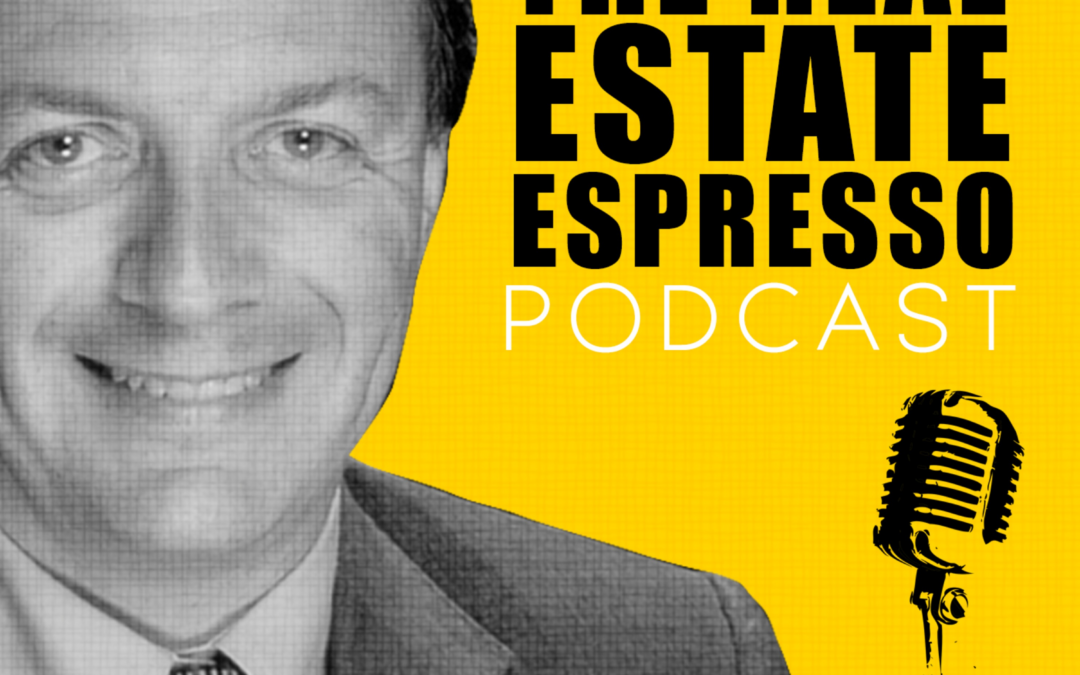On today’s show we’re talking about the role social media may be playing in our world becoming increasingly polarized.
The extreme viewpoints that are making headlines in the US have been shocking to say the least.
I never thought we would see the day when armed citizens were lined up outside polling stations. This is the United States of America, not some third world banana republic. Some think that extreme views are strictly a US phenomenon.
But I can tell you that the same trends are happening in Canada and the UK.
These TV shows are being carved up into segments anywhere from 2 minutes in length to about 15 minutes in length. That’s about the attention span of the person scrolling through social media feeds.
So now let’s talk about what you and I get to see on social media. The social media algorithms are designed to maximize your time on the platform. Their goal is to hang on to your eyeballs for as long as possible. The longer you are staring at the screen, the more ads can be presented to you, and the more ad revenue the social media platform will get.
When you’re looking at social media, the content being presented to you is not the product. This is a backwards economic model. It’s modeled after the free TV model.
You see when you go to the department store and buy a toaster for $30, the toaster is the product. You are the customer and there is an exchange of value, money for product. That’s how commerce works.
But when you attend a free seminar, or watch a TV show with advertising, or spend time on social media with advertising, YOU are the product. That’s right, you are the product. The customer is the advertiser, and your attention span is the product that is for sale.
So the algorithms are designed to maximize your attention span. If your interest is in model trains, the algorithms will show you more model trains. If your interest is in gardening, you will eventually see more gardening posts.
That feeds what is called confirmation bias. If you believe the earth is flat, then you’re going to see more posts that confirm the earth is flat. You won’t tend to see those posts that confirm the earth is round. In your world, the earth is flat.
Social media algorithms have tried to become socially responsible in the presentation of news content in particular. So lately, you’ve been presented with some of the opposing viewpoints, in an effort to try and balance things out.
But there’s a problem. Rather than opening your mind to the opposing point of view, many of these differing viewpoints are some of the most extreme. When you see the extreme viewpoint, it generally isn’t convincing. It has the effect of being repulsive. When the opposing opinion is repulsive, it has the effect of hardening the original viewpoint even further.
Finally, we are seeing a lot of controversy surrounding both Facebook and Twitter for having censored content. Many of these decisions are being made by people, and not a software algorithm. The question of political bias cannot be swept under the rug. This further erodes trust in what is being published, which creates the pretext for rejecting what is being served up on social media as fake news. That only serves to harden positions even more.
I don’t have the answers here. I come from the tech world and I can imagine being in the software design meetings where algorithms are discussed. Social media is not to blame per se. I feel like we’re witnessing a train wreck on a social level in slow motion. Perhaps the only antidote is for each of us to seek out the opposing view point, but the moderate centrist viewpoint, not the extremes.



